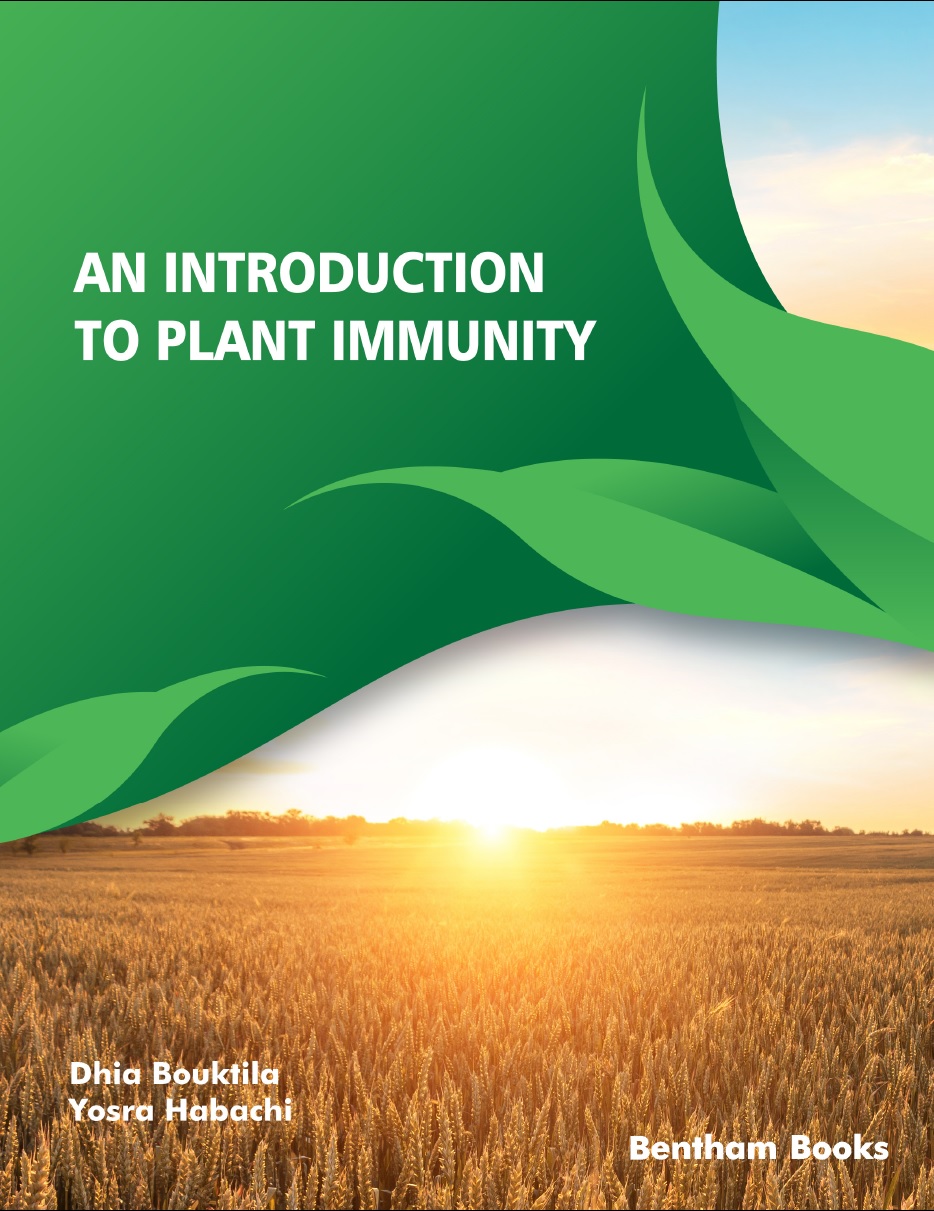Abstract
The improvement of plants, in order to give them better resistance to diseases, relies on the existence of diverse natural populations. Traditionally, the breeder’s role has been to crossbreed populations to obtain varieties possessing the desired traits. Modern advances in genetic engineering, in association with omic sciences, allow breeders to increase the genetic diversity of the populations on which selection operates, and to introgress new traits using various molecular methods, such as chemical or irradiation-based mutagenesis, genetic transformation or genome editing. It is most often a question of modifying existing varieties in order to obtain new ones which have the properties desired by researchers, according to the needs expressed by the various actors concerned. Here, we review the increasing usefulness and applicability of biotechnology and genetic engineering approaches for accelerating variety development and crop improvement.
Keywords: Bacterial Harpins (hrp) genes, Bacillus thuringiensis (Bt) deltaendotoxin genes, Biotechnology, Crop improvement, CRISPR-Cas9, Genetic Engineering, Genetically engineered crops, Plant Protease Inhibitors (PI), Plant genome editing, RNA-based antiviral resistance.






















